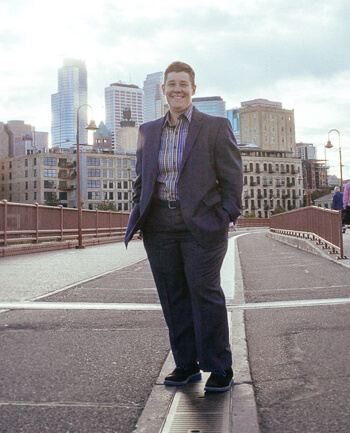My website and posts are geared to the so-called “nontraditional family” and nontraditional estate planning. But just what does that mean? I use the term – for lack of anything better – to define any family that does not fall into the 1950s model of a family with one husband and one wife who are on their first marriage and who only have children born to both of them.
Is That Still a Valid Definition of a Traditional Family?
According to Webster’s dictionary the term traditional means “?cultural continuity in social attitudes, customs, and institutions.” But, with regard to family, there doesn’t seem to be any cultural continuity that “survived” from the 1950s to the present.
Do you even know a “traditional family?” If that question causes you to stop and think or say “Ha! I do know one” then you know it’s no longer the “tradition” of our society to get married once to someone of the opposite sex and only have children with that person during the marriage.
Our society is in a state of flux with the rise of cohabitation, single parents, stepfamilies, gay families, transgender families, adopted families and multi-generational families. The changing times are reflected in the numerous studies recently released as they demonstrate a lack of cultural cohesion regarding social norms and families. This is true on both the national level and in states such as mine.
The Changing Definition of Family
According to data released from the 2010 US Census, only 48.8% of households in Minnesota’s major metropolitan area were married couples. A Pew Research Center survey released at the end of 2010 showed a similar decline in the population of married households.
The Pew results also revealed an ever-widening generation gap and marital status. In 1960 a whopping 60% of all people in their 20s were married. But in 2008 that number dropped to just 26%. The most recent census data shows a similar decline in the percentage of married households in the nation as the overall numbers dropped from 70% in 1950 to 54% 2010.
The Pew Research Center conducted another interesting and relevant survey on stepfamilies at the beginning of 2011. According to the survey, more than four-in-10 American adults have at least one step relatives and their family. Of the two, 691 adults participating in the survey, 42% have at least one step relative, 33% have a step or half sibling, 18% have a living stepparent, and 13% have at least one stepchild.
Multi-statistics show that marriage has declined, cohabitation has become more widespread-doubling since 1980 Another notable statistic is that births to unmarried women has risen from just 5% in 1960 to 41% in 2008.
The pew research Center conducted another interesting and relevant survey on stepfamilies at the beginning of 2011. According to the survey, more than four-in-10 American adults have at least one step relatives and their family. Of the two, 691 adults participating in the survey, 42% have at least one step relative, 33% have a step or half sibling, 18% have a living stepparent, and 13% have at least one stepchild.
While these studies show that the general make-up of families are changing, what about popular views on the definition of family? My next post will discuss how current studies show that those too are changing.
UPDATE
When I first drafted this post the Census Bureau had only released state-specific data on marital status. The Bureau has now released data for the country as a whole. This newly released data shows that, for the first time, married couples now constitute less than half of all households in the Un

